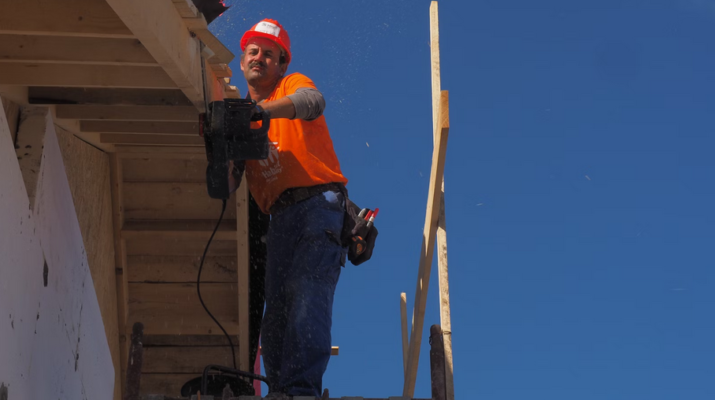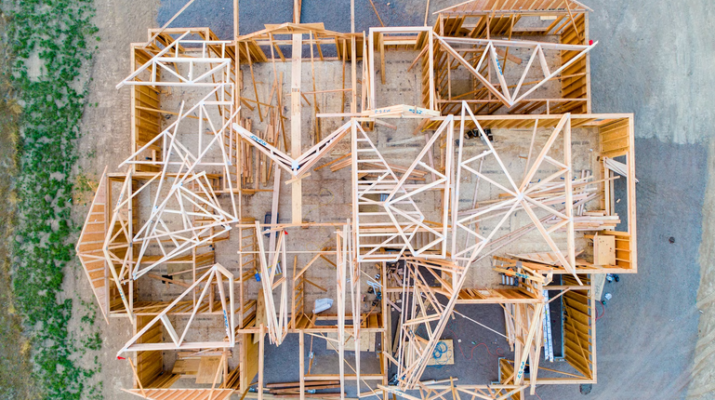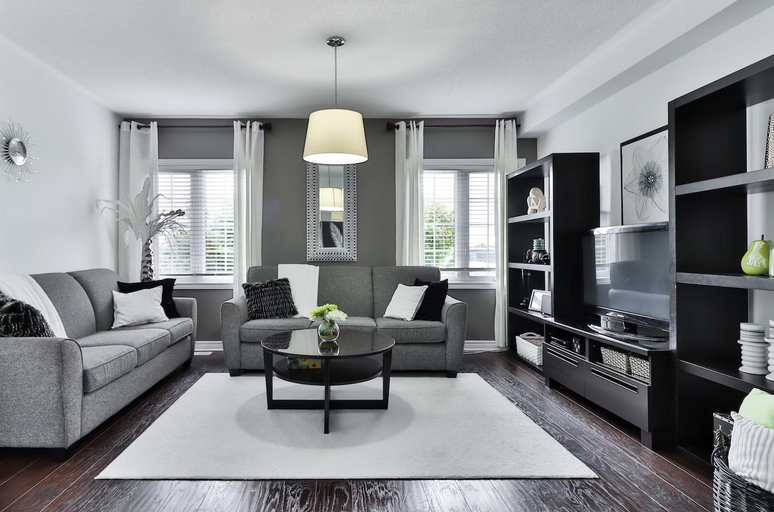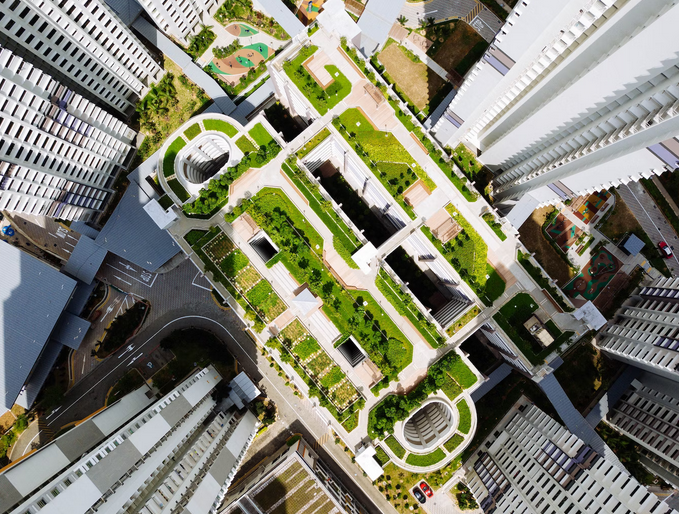It’s no secret that building a custom home is an expensive endeavor. According to HomeAdvisor, the average total cost to build a custom home in the United States is over $300,000. However, with the introduction of new technologies and construction methods, it is now possible to lower these costs without sacrificing quality. Are you wondering how? Here are some innovative technologies that can help lower construction costs when building a home.
Building Information Modeling (BIM)
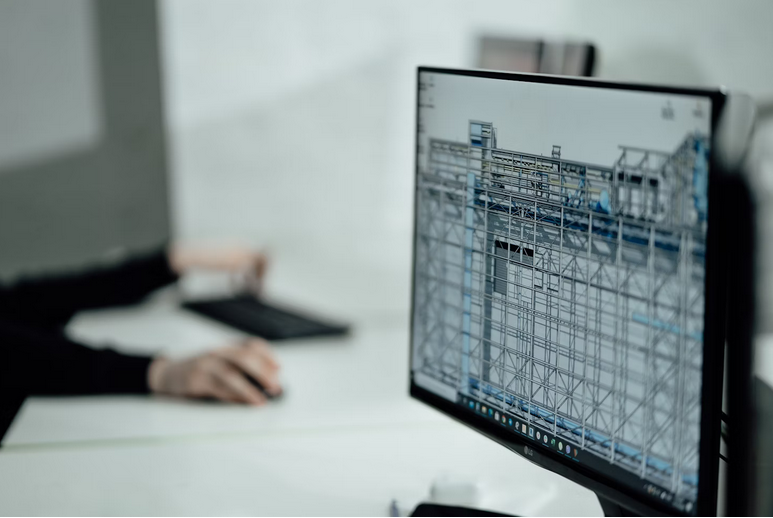
Building Information Modeling (BIM) is a game-changer in the construction industry, allowing for the creation of detailed 3D models that encompass every single aspect of a building project. From design, rendering, and planning to construction and maintenance, BIM enables stakeholders to collaborate seamlessly and anticipate potential issues before they arise.
By visualizing the entire project virtually, builders can identify conflicts early on, leading to fewer change orders and cost overruns during construction. This innovative technology streamlines communication among team members, resulting in improved coordination and efficiency throughout the building process.
3D Printing
At www.bauen.com, we’ve learned that 3D printing is definitely at the forefront in cutting down the costs. But how? This cutting-edge technology allows builders to create complex and customized components with precision and efficiency. Imagine being able to fabricate intricate architectural designs or structural elements with just a few clicks of a button.
3D printing not only accelerates the construction process but also reduces material waste, making it a sustainable option for environmentally conscious homeowners. Moreover, by utilizing 3D printing in home construction, builders can significantly lower costs associated with labor and production time. This means that homeowners can potentially save money while still achieving their dream home design.
Prefabrication and Modular Construction

These trends aren’t just gimmicks. These innovative methods truly allow for faster assembly on-site, minimizing labor expenses and potential delays due to weather conditions. Additionally, the precision of prefabricated elements ensures higher quality standards compared to traditional construction techniques. Modular construction offers flexibility in design, allowing homeowners to customize their living spaces according to specific preferences. The ability to scale production easily makes it an attractive option for large-scale projects while maintaining cost-effectiveness.
Project Management Software
When building a home, keeping track of the progress and all the moving parts is essential. Usually, the manual or traditional method requires a lot of time and energy. If not, in many cases, there will be inaccuracy and miscalculation, leading to higher costs. But let me tell you. Gone are the days of relying on manual spreadsheets or endless email chains. Project management software centralizes all project-related information in one place, making it easier for everyone involved to access important documents and stay organized. By utilizing this innovative technology, construction costs can be lowered by improving efficiency, reducing errors, and minimizing delays.
By incorporating innovative technologies like Building Information Modeling (BIM), prefabrication and modular construction, 3D printing, and project management software into the construction process, you can lower overall costs while improving efficiency and quality. These technologies allow for better planning, faster construction times, reduced waste, and improved collaboration among project stakeholders.…

